You are here
New Releases
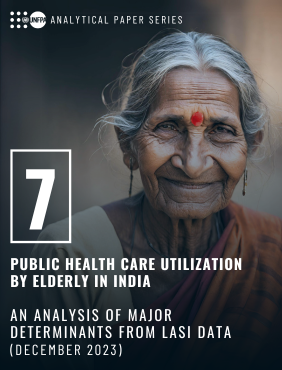
Public Health Care Utilization by Elderly in India: An Analysis of Major Determinants from LASI Data
This analytical paper investigates the determining factors guiding recent healthcare utilization trends among senior citizens, exploring their preferences for public versus private healthcare options in India.

Celebrating UNFPA India @50 Years | On Track: Issue #5 Newsletter
Welcome to the fifth edition of the UNFPA India Newsletter, where we bring you a curated collection of noteworthy highlights spanning from January to March 2024. Explore and engage with the pivotal moments that have shaped our journey during this period. This is a special edition as UNFPA celebrates 50 years of partnership in India.

Panchayats Free from Gender-Based Violence: A Handbook for Elected Representatives
This publication serves as an invaluable guide for those in public service, offering essential insights and strategies to promote safe and inclusive communities.
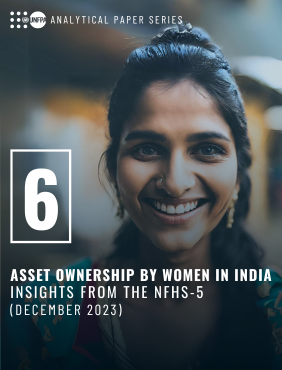
Asset Ownership by Women in India: Insights from NFHS Data
This analytical paper examines women’s empowerment in house and land ownership, as well as access to bank accounts and mobile phones in India, using data from the National Family Health Surveys in 2015-16 and 2019-21. The focus is on specific questions related to property ownership, shedding light on gender-based property rights in the Indian context.
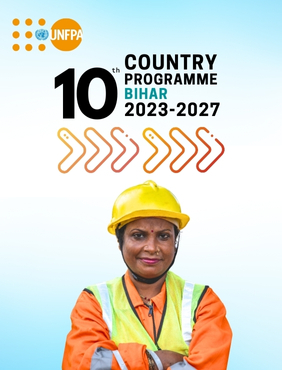
CP-10 Brochure Bihar
Over the past ten years, UNFPA has played a pivotal role in Bihar, collaborating seamlessly with state departments to address critical issues in Sexual and Reproductive Health and Rights (SRHR). The state office, a catalyst for progress, actively supports government programs through knowledge management, innovation, and key partnerships. The launch of the new country program marks a significant stride, focusing on three transformative goals: ending unmet family planning needs, preventing maternal deaths, and eradicating gender-based violence and harmful practices. UNFPA's commitment to creating a healthier Bihar is evident in this initiative, inviting all stakeholders to explore the impactful journey and contribute to sustained positive change.
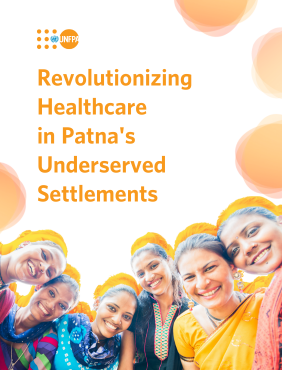
Revolutionizing Healthcare in Patna's Underserved Settlements
The story reflects a journey of empowerment, where individuals like Dr. Sneha and Sanu sow seeds of transformation for a brighter, more open-minded future through Urban Public Health Centers (UPHC).
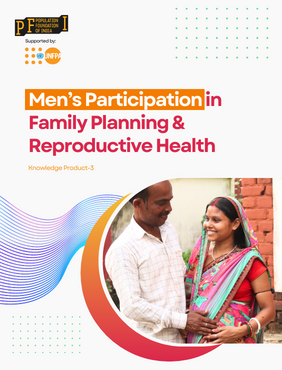
Men’s Participation in Family Planning & Reproductive Health
The success of India’s family planning (FP) programme depends on the involvement and participation of both men and women. In particular, men need to overcome social and cultural barriers to become equal partners in planning families, adopt contraceptive methods, and support women’s contraceptive choices.
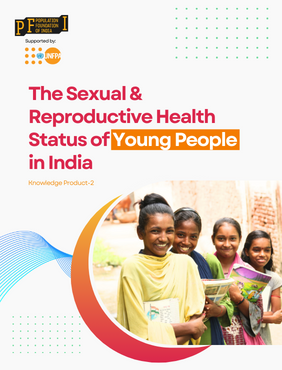
The Sexual & Reproductive Health Status of Young People in India
India’s large segment of young people will drive the country’s trajectory of population growth for the next two to three decades. Many of them have or will soon join the reproductive age group (15 to 49 years). Fulfillment of their sexual and reproductive health needs will have a significant and long-term impact, not only on population growth but also on overall economic and development outcomes.
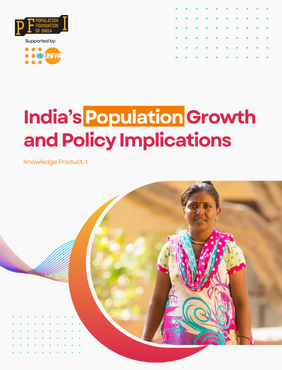
India’s Population Growth and Policy Implications
According to the latest estimates by the United Nations, India has surpassed China as the most populous country in 2023. Women of reproductive age (15 to 49 years old) currently have a Total Fertility Rate (TFR) of 2.0, which is below the replacement level of 2.1 - a point at which a population has the exact number of births to replace itself from one generation to the next.
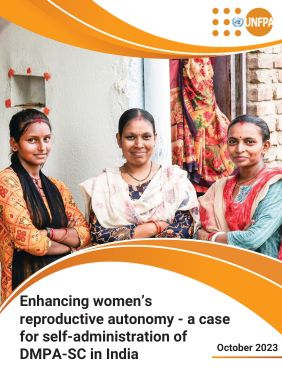
Enhancing Women’s Reproductive Autonomy: A Case for Self-Administration of DMPA-SC in India
Introducing DMPA SC as a self-administered method can play a crucial role in addressing the unmet need for contraception among women particularly those from vulnerable communities who encounter numerous barriers to accessing contraceptives. This would mark a significant milestone in supporting both couples and individuals in realizing their reproductive intentions, while also ensuring access to the furthest reaches of the population.